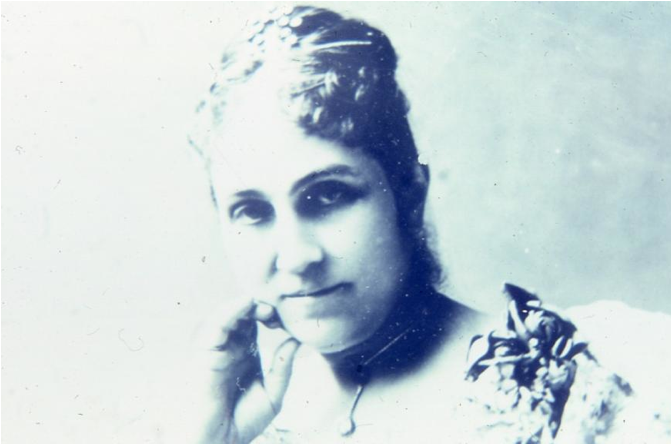Biography: Phoebe Hearst
When I visited the House of Abdullah Pashá in ‘Akká as a pilgrim, I reflected on the importance of that first group of pilgrims from the West who were the guests of ‘Abdu’l-Bahá in that beautiful house. It was a historical pilgrimage made possible thanks to the sponsoring of Phoebe Hearst, and it was a visit that became the “true birth of the Faith in the West”. Shoghi Effendi described it in these words:
The return of these God-intoxicated pilgrims, some to France, others to the United States, was the signal for an outburst of systematic and sustained activity, which, as it gathered momentum, and spread its ramifications over Western Europe and the states and provinces of the North American continent, grew to so great a scale that ‘Abdu’l-Bahá Himself resolved that as soon as He should be released form His prolonged confinement in Akká, He would undertake a personal mission to the West.
This description of the Guardian highlights the importance that Phoebe Hearst had in the development of the Bahá’í Faith in the West.
After the passing of her husband, Phoebe Hearst found herself in control of a vast fortune, which she dedicated to community services. During one of her stays at her home in California, she met with Lua Getsinger who taught her about the Bahá’í Faith.
Phoebe Hearst has been planning a trip to Egypt in 1898 and she decided to add the Holy Land to the itinerary in order to visit ‘Abdu’l-Bahá. She invited Dr. and Mrs. Getsinger and several other new believers to join her on this journey, among them May Bolles, later known as May Maxwell. Phoebe Hearst was friends with the Bolles family, and through her May had met Lua and had fallen in love with the new Faith.
Because of the importance of her family in the US political sphere and the fact that ‘Abdu’l-Bahá was a prisoner and His movements were under close surveillance, it was dangerous for her to openly visit the Master and also for her involvement with the Faith to be known, so she traveled from Haifa to ‘Akká “under the cover of darkness”. Her pilgrimage only lasted for three days, and in spite of the shortness of her visit, it was a transforming experience. She described those days as “the most memorable days of my life…I believe with all my heart that He is the Master, and my greatest blessing in this world is that I have been privileged to be in His presence.” She also received from the Master the title “Mother of the Faithful”. She was blessed by being able to see the Master again during His travels in California and was also honored by His visit to her Hacienda, where He chanted a prayer per her request.
After Mrs. Hearst’s passing on April 1919 the Master wrote that: “Although at present [it] is not known, yet in the future her name shall be uplifted and her fame shall spread abroad”. When Shoghi Effendi transformed the Mansion of Bahjí into a museum “showcasing the achievement of the Baha’i Faith” he placed in a room overlooking the Shrine of Baha’u’llah the portrait of Phoebe Hearst, “the ‘Mother of the Faithful’, the one who made possible the flourishing of the Cause of God in the West”.
Reference:
Lighting the Western Sky by Kathryn Jewett Hogenson
Photo from www.centenary.bahai.us



I had no idea, I thought I knew alot about the early believers or at least important names, thankyou for enlightening and inspiring me